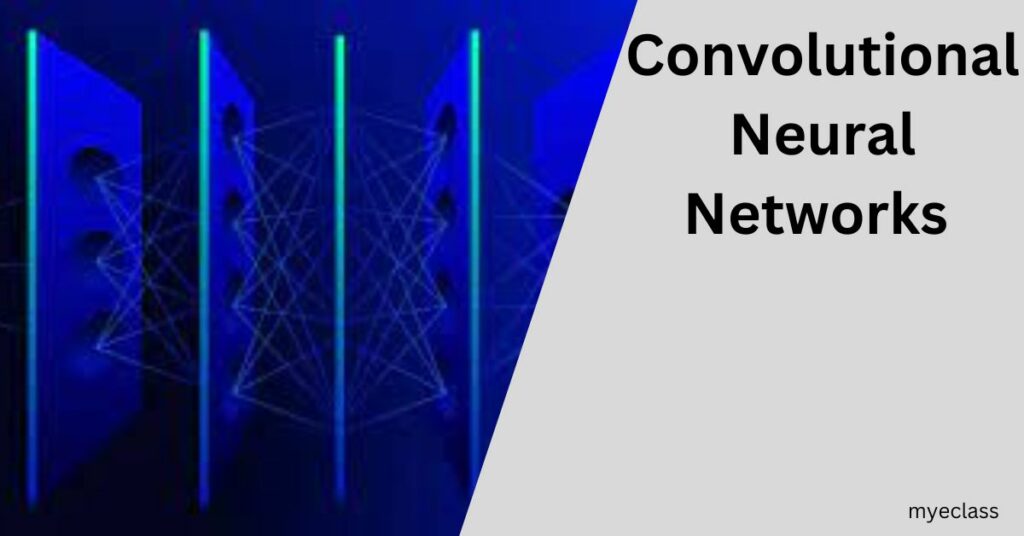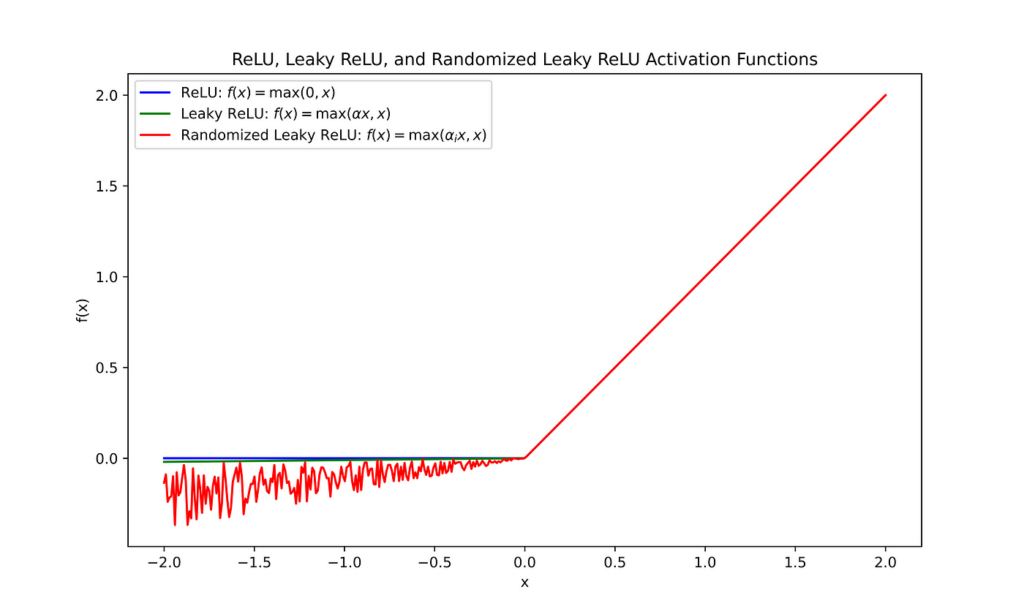Convolutional Neural Networks (CNN): The Computer Vision Revolution

Convolutional Neural Networks, or CNNs for short (Convolutional Neural Networks), have been the driving force behind remarkable advancements in the field of computer vision. Inspired by the way the human brain processes visual information, these networks have transformed the way machines “see” and understand the world around them.
Table of Contents
What are CNNs?
CNNs are a type of artificial neural network used in machine learning to empower computers with the ability to “see” and comprehend images and visual data. Since their introduction in the 1990s, these networks have unleashed a myriad of astonishing applications, ranging from image classification to automatic tumor detection and even the training of autonomous vehicles.
The Power of Visual Hierarchy:
One of the key features of CNNs is their ability to capture visual features hierarchically. They begin by detecting simple features like lines and edges in the initial layers and progress to more complex features such as faces or specific shapes in deeper layers. This hierarchical detection process enables CNNs to distinguish objects and recognize complex patterns in images.

The Role of Pixels and Neurons:
CNNs take images as input, with each pixel in an image corresponding to a neuron. In the case of grayscale images, each pixel is represented by a neuron, while in color images, multiple channels (red, green, blue) are used, resulting in more input neurons.
Essential Preprocessing:
It’s crucial to normalize pixel values before feeding them into the network. Pixel values typically fall within a range of 0 to 255, so a transformation is applied to bring them into a range of 0 to 1, making processing easier.
The Art of Convolutions:
Convolutions are at the core of CNNs. This technique involves taking groups of nearby pixels from the input image and performing mathematical operations (scalar product) with a small kernel. Each kernel traverses the input neurons, generating a new output matrix, which becomes a new layer of hidden neurons. Each convolutional layer specializes in detecting specific features in the image.
Filters and Feature Hierarchy:
Instead of applying a single kernel, CNNs utilize sets of kernels, known as filters. These filters enable multiple output matrices, each focusing on detecting distinct features. This contributes to the feature hierarchy that enables CNNs to effectively recognize objects.
ReLU Activation Function:
A common activation function in CNNs is ReLU (Rectifier Linear Unit). This function keeps positive values and sets negative values to zero, speeding up and improving the training process.

Subsampling and Max-Pooling:
After convolutions, CNNs reduce the number of neurons through subsampling, with Max-Pooling being a popular technique. By reducing the size of filtered images, important features for object detection are retained.
Successive Convolutional Layers:
CNNs continue to apply layers of convolution and subsampling in succession, allowing them to detect increasingly complex features. The more layers added, the more sophisticated the network’s recognition capabilities become.
Connecting to a Traditional Neural Network:
To complete the process, the final hidden layer is flattened and connected to a “traditional” neural network. A function called Softmax is applied to assign probabilities to the classes being classified.
Learning in CNNs:
CNNs learn to “see” through the process of backpropagation. Like traditional neural networks, they adjust the weights of connections between layers of neurons, in this case, the weights of the kernels. The advantage lies in the fact that kernels have a limited number of parameters to adjust compared to the millions of connections in traditional neural networks.
Read: Unlocking the Full Potential of All Access Technologies – Connect with Us at 402-699-2575
Comparison with Traditional Neural Networks:
CNNs stand out for their highly specialized architecture for image processing, in contrast to traditional neural networks, which are more generalist. This specialization makes them much more efficient in computer vision tasks.
Read: Skirts for Trailers: Paving the Way to Enhanced Fuel Efficiency
Conclusion:
Convolutional Neural Networks represent a milestone in the field of computer vision. Their ability to process images and recognize objects has revolutionized a wide range of applications, from medicine to autonomous driving. As we continue to explore and refine this technology, the future looks promising for CNNs, and their potential continues to grow.
This article provides only a glimpse into the world of CNNs, with many technical aspects and advanced developments yet to be discovered. For those interested in delving deeper into this exciting field, there is an abundance of resources available to continue learning and experimenting with Convolutional Neural Networks.
CNNs have changed the way machines interpret the visual world, and their influence will only continue to grow as we explore new applications and challenges in computer vision.


